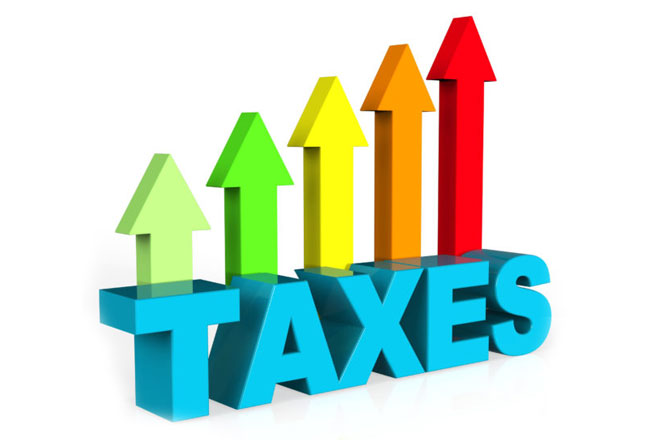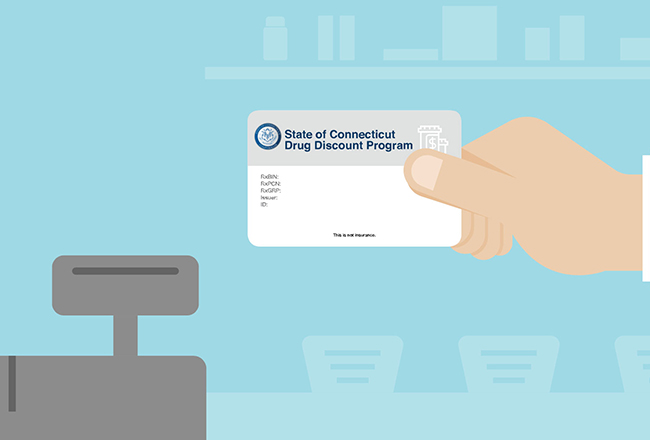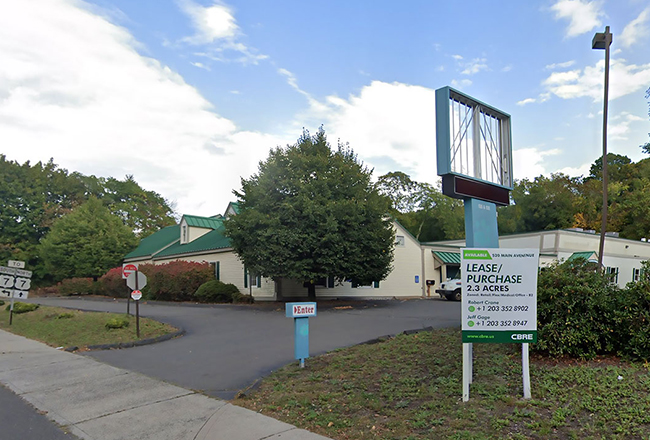Connecticut and New York were among the states with the highest property taxes in 2020, according to new statistics published by ATTOM Data Solutions, a property database resource.
 Last year saw the levying of $323 billion in property taxes on the nation”™s nearly 87 million single-family homes, an increase from the $306.4 billion level set in 2019. The average tax on single-family homes in 2020 was $3,719, up from 2019”™s $3,561, but the 2020 effective tax rate of 1.1% was slightly lower than the 1.14% from the previous year.
Last year saw the levying of $323 billion in property taxes on the nation”™s nearly 87 million single-family homes, an increase from the $306.4 billion level set in 2019. The average tax on single-family homes in 2020 was $3,719, up from 2019”™s $3,561, but the 2020 effective tax rate of 1.1% was slightly lower than the 1.14% from the previous year.
However, things were a bit more expensive for homeowners in this part of the country. For the states with the highest effective property taxes, Connecticut ranked fifth at 1.92% and New York ranked seventh at 1.68%.
States with the highest effective property tax rates in 2020 remained New Jersey (2.2 percent), Illinois (2.18 percent), Texas (2.15 percent), Vermont (1.97 percent) and Connecticut (1.92 percent).
Other states in the top 10 for highest effective property tax rates also were the same as in 2019: New Hampshire (1.86 percent), New York (1.68 percent), Pennsylvania (1.64 percent), Ohio (1.62 percent) and Nebraska (1.53 percent). For the states with the highest average tax on single-family homes, Connecticut ranked second with $7,395 and New York placed third with $6,628.
New Jersey led the nation with the highest effective property tax (2.2%) and highest average tax on single-family homes ($9,196). Hawaii had the lowest effective property tax (0.37%) and Alabama had the lowest average tax on single-family homes ($841) and the second-lowest effective property tax (0.44%).
This region was home to four of the 16 counties whose annual property taxes were higher than $10,000 last year: Rockland County”™s (the top ranked in this pack) with an annual single-family home tax of $13,931, Westchester at $11,630, Fairfield County at $10,973 and Putnam County at $10,792.
“Homeowners across the United States in 2020 got hit with the largest average property tax hike in the last four years, a sign that the cost of running local governments and public school systems rose well past the rate of inflation,” said Todd Teta, chief product officer for ATTOM Data Solutions.
“The increase was twice what it was in 2019. Fortunately for recent homebuyers, they have mortgages with super-low interest rates that somewhat contain the cost of home ownership. But the latest tax numbers speak loud and clear about the continuing pressure on both recent and longtime homeowners to support the rising cost of public services.”






















